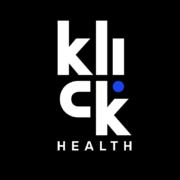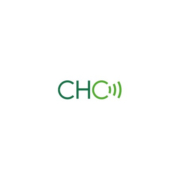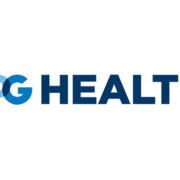Google’s change of plans on phasing out third-party cookies in Chrome and what it means to pharma marketers
Google’s change of plans on phasing out third-party cookies in Chrome and what it means to pharma marketers
By Tricia Savio, EVERSANA INTOUCH Media
The Internet is abuzz with commentary on the most recent twist in a story about cookies, then no cookies, now some cookies (if you want them). The update is that Google announced on Monday, July 22, that they will not move forward with the company’s initial plans to phase out third-party cookies on Chrome.
Instead, the Alphabet company will maintain the use of third-party cookies for those who do not disable them, marking a significant shift from Google’s previous strategy, but still aimed at the end goal of improving user privacy while preserving advertising effectiveness.
As we move toward the next steps, let’s ground ourselves in some of the background – why the shift and what it means to consumers and brand teams.
First, the shift emerges from feedback from many stakeholders, after in-depth evaluation of privacy and antitrust regulations, and it will without a doubt have an impact on the advertising ecosystem.
In place of deprecating third-party cookies, Google is introducing a new approach that emphasizes user choice. Now, a one-time prompt will be rolled out, allowing users to set their preferences for cookie usage across all Google browsing experiences. The prompt aims to provide users with more control over their privacy settings, which they can adjust at any time. So, they are ostensibly putting control back in the hands of users, while keeping the Privacy Sandbox offering in place. This will preserve advertisers’ ability to reach opted-out consumers based on their interests and assigned cohorts.
So what does this mean to brand teams and marketers? While third-party cookies will remain in use, it’s crucial for teams to stay informed about the evolving landscape and consider continuing to incorporate alternative strategies to ensure advertising effectiveness and compliance with privacy standards.
It is worth noting that what Google is describing may be similar to what Firefox already has in place via Global Privacy Control (GPC) signal standards.
No timeline exists yet for the rollout of these changes, but the impact on media targeting for all advertisers must continue to be analyzed to understand its effect on campaign reach and performance.
That said, all the cookieless testing done to date was not in vain. With uncertainty around how many people will opt out of third-party cookie tracking, the learnings from previous and current alternate ID testing will help organizations continuously evaluate the long-term place of alternate IDs in the media landscape.
As we move ahead, we will continue to navigate the ever-changing landscape. Innovation was born out of this long-anticipated shift and will continue to advance, giving marketers more options and partnership opportunities to best set our clients and brands up for success. The option for users to reel in their privacy preferences, in many forms, whether it’s pertaining to media targeting, opt-in capabilities via website experiences or the Ad Choices Icon, all continue to shape the balance of advertising living in coexistence with respect to consumer privacy. As always, we have the viewpoint of embracing change and innovation, continuous testing and transparency, all with open dialogue, to arrive at the best path forward.
 |
Tricia Savio is VP, programmatic practice media at EVERSANA INTOUCH Media. She can be reached at [email protected]. |











